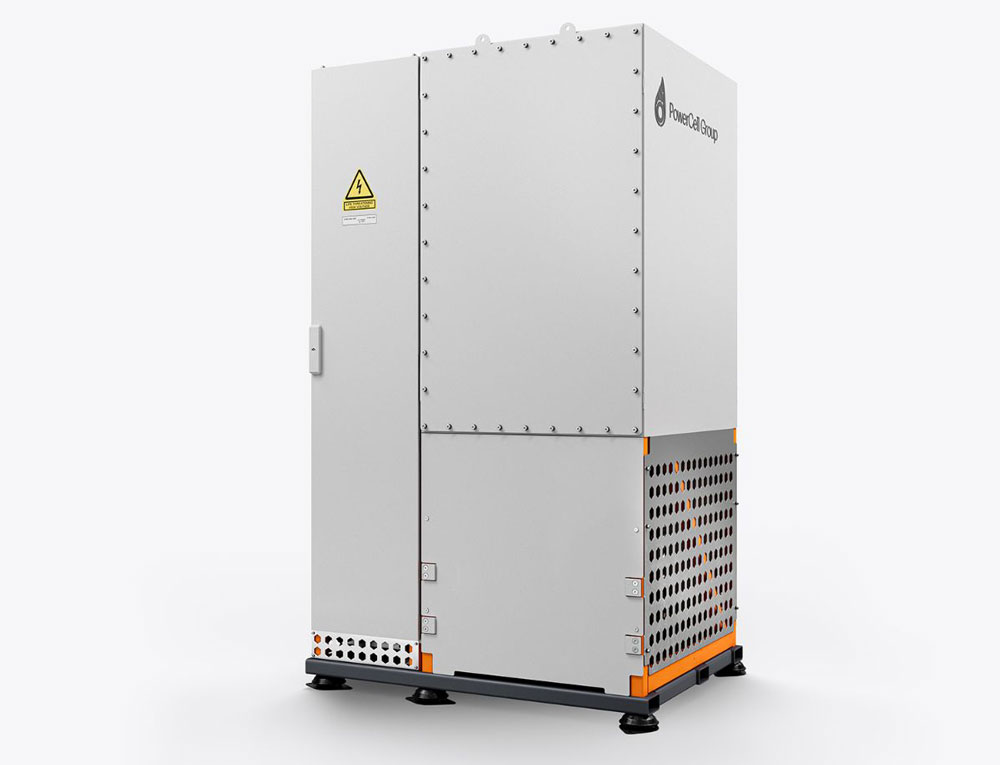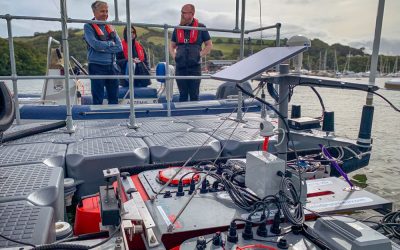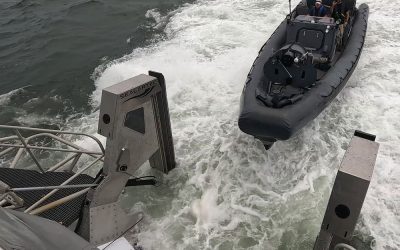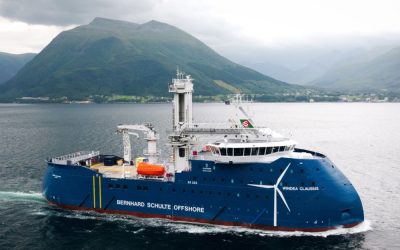For the past five to six years, cruise ships have come under renewed scrutiny, with critics citing their levels of in-port emissions as some of the worst in the maritime sector.
“Sustainability is the main driving force of the Port of Barcelona”, that Spanish cruise hub states on its website. However, in 2022, Barcelona recorded more sulphur dioxide emissions from cruise ships, equating to approximately 32,800tonnes, than any other European port. The Italian government’s 2021 decision to ban large cruise ship calls in Venice, targeting vessels sized above 25,000gt, led to a 80% reduction in SOx emissions – itself an indictment of the state of the problem. And, in 2023, environmental campaign group Transport & Environmental (T&E) reported a 14% increase in sulphur emissions over the course of three years at the Port of Southampton, UK.
Stig Kallestad, business manager at PowerCell, which supplies fuel cell technology to maritime customers, tells The Naval Architect: “Cruise ships are often regarded as state-of-the-art feats of modern engineering, with some even featuring rollercoasters, waterfalls and racetracks. However, most cruise vessels still rely on medium-speed diesel generators and auxiliary engines for onboard power.
“These systems are inherently noisy, high in particulate emissions and reliant on fossil fuels. These factors result in elevated concentrations of NOx, SOx and particulate matter [PM], including black carbon, on board and in port cities. The traditional diesel-based auxiliary power model is becoming increasingly unsustainable, technically, economically, and reputationally. With over 250 million people living near major global ports, the issue of local emissions from ships has moved from a maritime discussion into the domains of urban air quality and human health.”
Kallestad suggests that fuel cells could be the best starting point for cruise operators looking to slash their emissions – and perhaps to achieve zero-emissions port operations. “From a naval architecture perspective, fuel cells present an increasingly realistic design alternative,” he says. “Most cruise ships can structurally accommodate the additional volume and weight of containerised fuel cell modules, especially when replacing ageing auxiliary engine systems or integrating new ‘hotel load’ power sources. For newbuilds, a fuel-cell-ready design can allow future-proofing against fuel supply volatility and regulation.”
Hybrid systems, comprising methanol-derived fuel cells with battery-based energy storage systems, supported by limited internal combustion engine (ICE) back-up, could “offer operational flexibility while ensuring against redundancy”, Kallestad adds.

Fuel cells could remove the need to rely on the fossil fuel-powered grid, Kallestad argues
Why not opt for onshore power supply (OPS) technology and cold ironing – the act of running vessels on ship-to-shore power while in port – as alternative means of minimising air pollution? For Kallestad, the problem is that, while cold ironing allows vessels to shut down onboard generators and draw power from the local grid, “retrofitting ships and upgrading port infrastructure is capital-intensive and logistically complex”. For example, Kallestad highlights: “At ports like Hamburg, shore power usage can exceed €5,000 per call, even as many national grids remain fossil-heavy. Additionally, grid capacity constraints limit the number of vessels that can connect simultaneously, introducing scheduling and access bottlenecks during peak cruise seasons.” While OPS is useful, in Kallestad’s opinion it remains a “partial solution – particularly when not backed by low-carbon electricity”.
In contrast, Kallestad continues: “Fuel cells are emerging as a technically viable solution to reduce or eliminate local emissions. As electrochemical energy converters, fuel cells operate silently and without combustion, producing electricity with high efficiency and zero local pollutants when powered by hydrogen or methanol.”
He continues: “Proton exchange membrane [PEM] fuel cells are well-suited for variable load profiles in auxiliary power systems. These fuel cells are smaller, much more efficient and offer a higher power density to alternatives. With reformer technology, these fuel cells can also convert methanol as a viable energy source.” Another benefit of fuel cells, Kallestad comments, is their modularity. “They can be deployed on board to displace auxiliary engines, or integrated into shore-based systems as mobile zero-emission or net-zero power stations for OPS, removing the need to rely on the fossil fuel-powered grid,” he says. Of these options, Kallestad adds, methanol is “gaining traction” as a practical carrier for hydrogen in fuel cell systems.
“When paired with integrated reformers, methanol-derived PEM fuel cells allow hydrogen to be generated and consumed in real time, minimising onboard storage and infrastructure complexity,” he adds. “Furthermore, green methanol derived from biomass or renewable hydrogen offers lifecycle emissions benefits. With lifecycle optimisation and emission factors considered, methanol fuel cells can significantly reduce both GHG and local emissions in maritime and port operations.
“Fuel cells offer an engineering solution. Methanol-derived fuel cells offer a practical pathway to decarbonise port operations without waiting for alternative fuels to come into fruition.”




